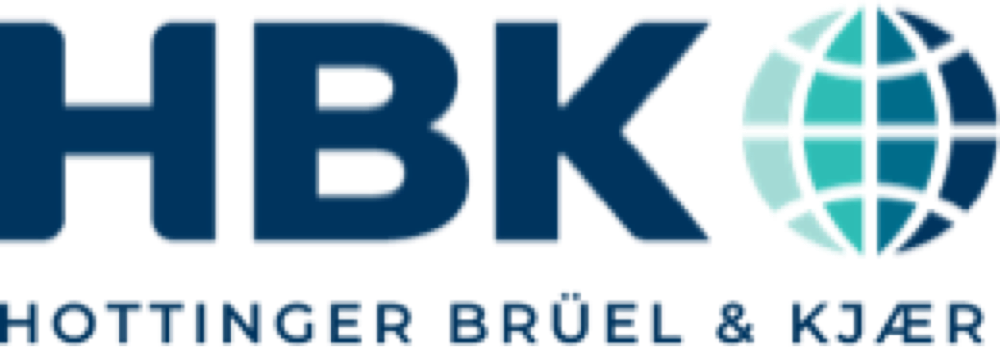There are many transducers types and equally many measurement applications.
Whether you measure electrical signals, high-frequency acceleration (HFA), or sound waves, our transducers stand on the front line and provide you with the full scale of raw data needed to make informed decisions. As an example, our sensors and airborne amplifiers are being used to provide critical flight data for a rocket's onboard telemetry. In situations like these, it is absolutely vital that the data is trustworthy.
The measurement applications range from the development of quieter, safer cars, to ensure that an aircraft and its engines are totally reliable and environmentally friendly and that household appliances have low levels of noise and vibration.
The HBK types range from industry-leading measurement microphones, and hydrophones, to sound sources (or loudspeakers and amplifiers)designed for acoustic measurements, to force sensors, impact hammers, and our extensive range of accelerometers for vibration measurements.






















